The archers, axe swingers, and blade swingers of Dungeons & Dragons have often received the short end of the stick when it comes to combat options, at least when compared to the spellcasters in the game. The tyranny of magic users is finally ending, as the latest Unearthed Arcana for D&D 5E has added the Weapon Mastery system, giving weapons and the Fighter class many more options to use in battle.
Related: Dungeons & Dragons: Starting Tips For New Players
D&D 5E’s Weapon Mastery System, Explained

In D&D 5E, all weapons have Properties that give them additional features, such as Reach, which lets the user target a foe who is 10ft away. In the new Unearthed Arcana on D&D Beyond, every weapon also has a Weapon Mastery, which is an extra feature that can be applied in combat. The martial classes select multiple weapons to have Weapon Mastery in, such as a longsword and longbow, and this selection can be changed each long rest.
The D&D 5E Fighter class is the ultimate Weapon Mastery user. At level 7, they gain the Weapon Expert class feature, allowing them to use different Weapon Mastery traits on a weapon, so long as it’s compatible. For example, Weapon Expert can let the user apply Flex to Longsword. At level 13, they gain Weapon Adept, which lets them apply two Weapon Mastery properties to their weapon, but only one is used when it hits.
How Each Of D&D’s Weapon Mastery Properties Work
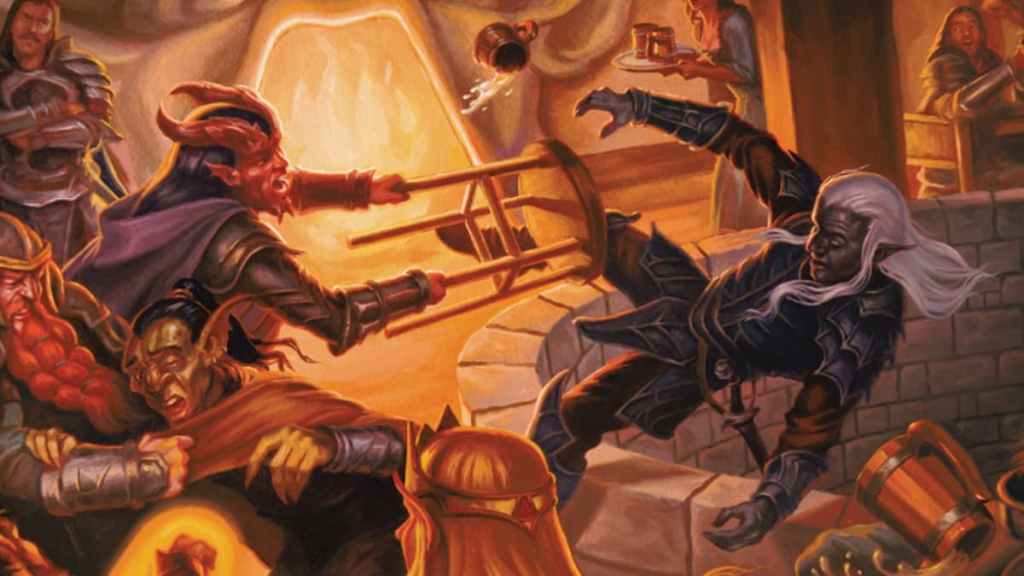
The Unearthed Arcana article features nine different Weapon Mastery options, all of which are applied to the weapons in the D&D 5E Player’s Handbook. These nine Weapon Mastery powers are:
- Cleave – If you hit an enemy with a melee attack, you can perform a second attack on another foe within 5ft, but you don’t add your ability modifier to the damage.
- Flex – You can use a weapon’s Versatile damage with one hand (typically, Versatile damage dice are only used when the weapon is used with two hands.)
- Graze – If you miss a weapon attack, you still deal damage to the target based on your ability modifier (usually Strength or Dexterity.)
- Nick – When performing an extra attack with a Light weapon, it’s considered part of the Attack action, so you’re not spending your Bonus Action that turn.
- Push – If you hit an enemy one size larger than your character or smaller, they’re pushed back 10ft.
- Sap – If you hit an enemy, it has Disadvantage on the next attack roll they make before the start of your next turn.
- Slow – If you hit an enemy, their movement speed is reduced by 10ft until the start of your next turn. This speed reduction can only be applied once per turn.
- Topple – If you hit an enemy, they must make a Constitution saving throw to avoid being knocked prone.
- Vex – If you hit an enemy, you have Advantage on your next attack roll before the end of your next turn.
Which D&D 5E Weapons Can Use Each Weapon Mastery
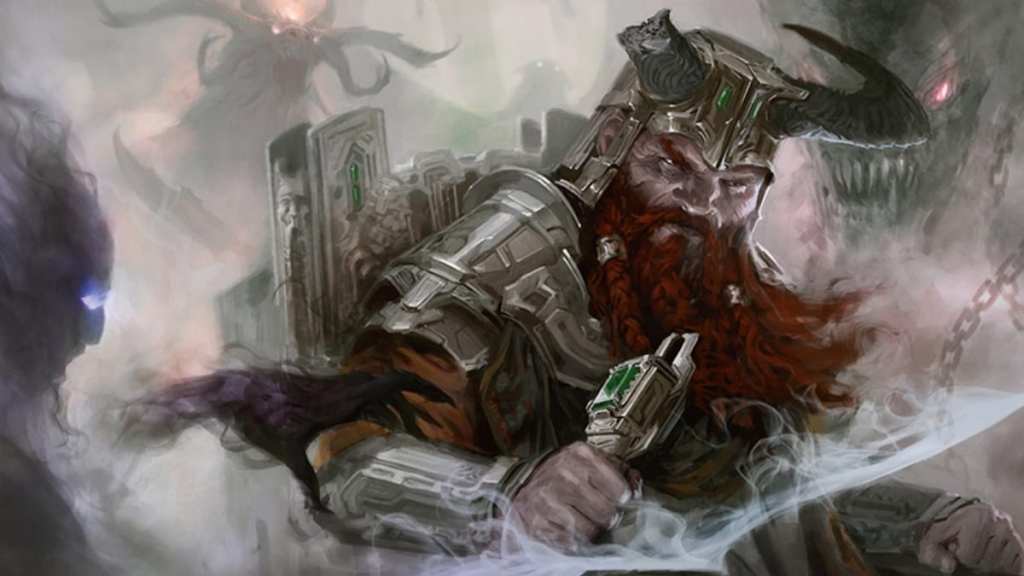
The Weapon Mastery properties are tied to different D&D 5E Player’s Handbook weapons. These base Weapon Mastery properties are:
- Cleave – Greataxe and Halberd.
- Flex – Longsword, Quarterstaff, Spear, War Pick, and Warhammer.
- Graze – Glaive and Greatsword.
- Nick – Dagger, Light Hammer, Scimitar, and Sickle.
- Push – Greatclub, Heavy Crossbow, and Pike.
- Sap – Flail, Mace, and Morningstar.
- Slow – Club, Javelin, Light Crossbow, Longbow, Musket, Sling, and Whip.
- Topple – Battleaxe, Lance, Maul, and Trident.
- Vex – Blowgun, Dart, Handaxe, Hand Crossbow, Pistol, Shortbow, and Shortsword.
The Fighter also gains the ability to swap Weapon Mastery properties once they hit level 7, but only if they are compatible. These are the different Weapon Mastery combinations:
- Cleave – Glaive, Greataxe, Greatsword, Halberd, Lance, Maul, and Pike.
- Flex – Battleaxe, Longsword, Quarterstaff, Spear, Trident, War Pick, Warhammer,
- Graze – Glaive, Greataxe, Greatsword, Halberd, Lance, Maul, and Pike.
- Nick – Club, Dagger, Handaxe, Hand Crossbow, Light Hammer, Sickle, Scimitar, and Shortsword.
- Push – Battleaxe, Glaive, Greataxe, Greatclub, Greatsword, Halberd, Heavy Crossbow, Quarterstaff, Light Crossbow, Lance, Longbow, Longsword, Maul, Musket, Pike, Shortbow, Spear, Trident, Warpick, and Warhammer.
- Sap – Flail, Mace, and Morningstar.
- Slow – All weapons are compatible with Slow.
- Topple – Battleaxe, Glaive, Greataxe, Greatsword, Halberd, Heavy Crossbow, Lance, Longbow, Longsword, Maul, Musket, Pike, Quarterstaff, Spear, Trident, War Pick, Warhammer, and Whip.
- Vex – Blowgun, Club, Dagger, Dart, Handaxe, Hand Crossbow, Heavy Crossbow, Light Crossbow, Light Hammer, Longbow, Musket, Pistol, Rapier, Scimitar, Shortbow, Shortsword, Sickle, Sling, and Whip.
Related: DnD 5E Should Make Popular Potion Homebrew Rule Canon
The Weapon Mastery system provides the extra bit of flair that the D&D combat system needs. There are now more factors to consider when selecting a weapon, as they bring more to the table than just a dice roll, with the poor Sling finally being given a chance to shine. This Weapon Mastery system is still considered playtest material, but it will hopefully make its way into the upcoming revision of the Player’s Handbook, which is set to launch in 2024.




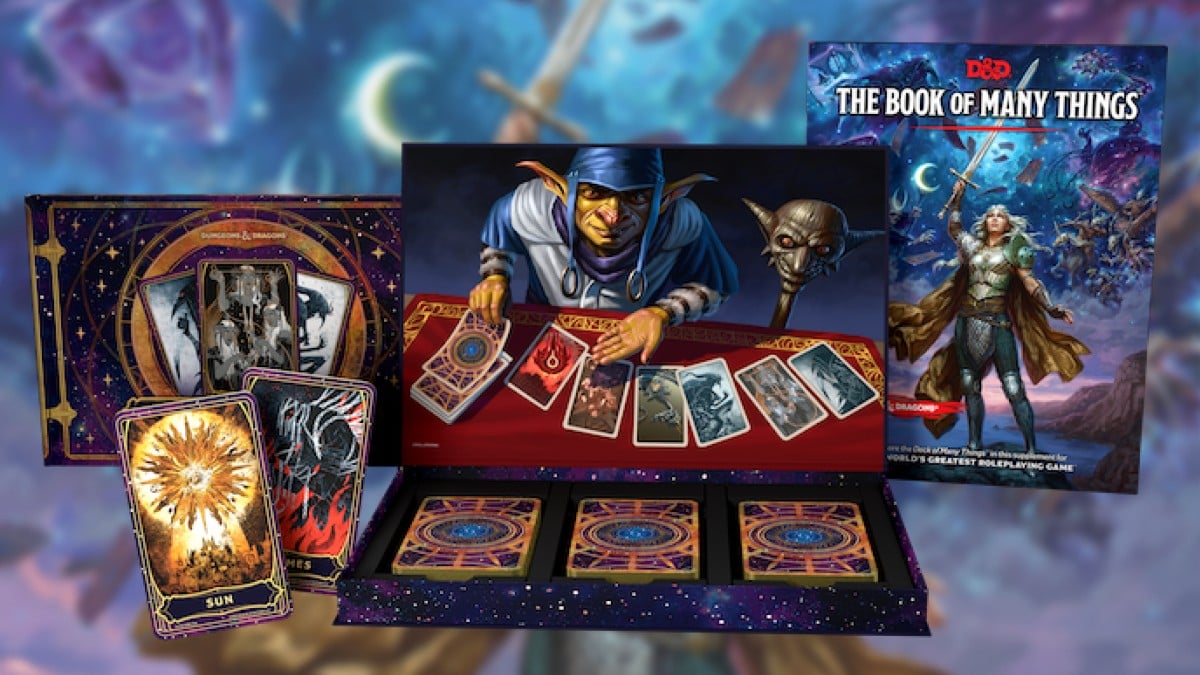
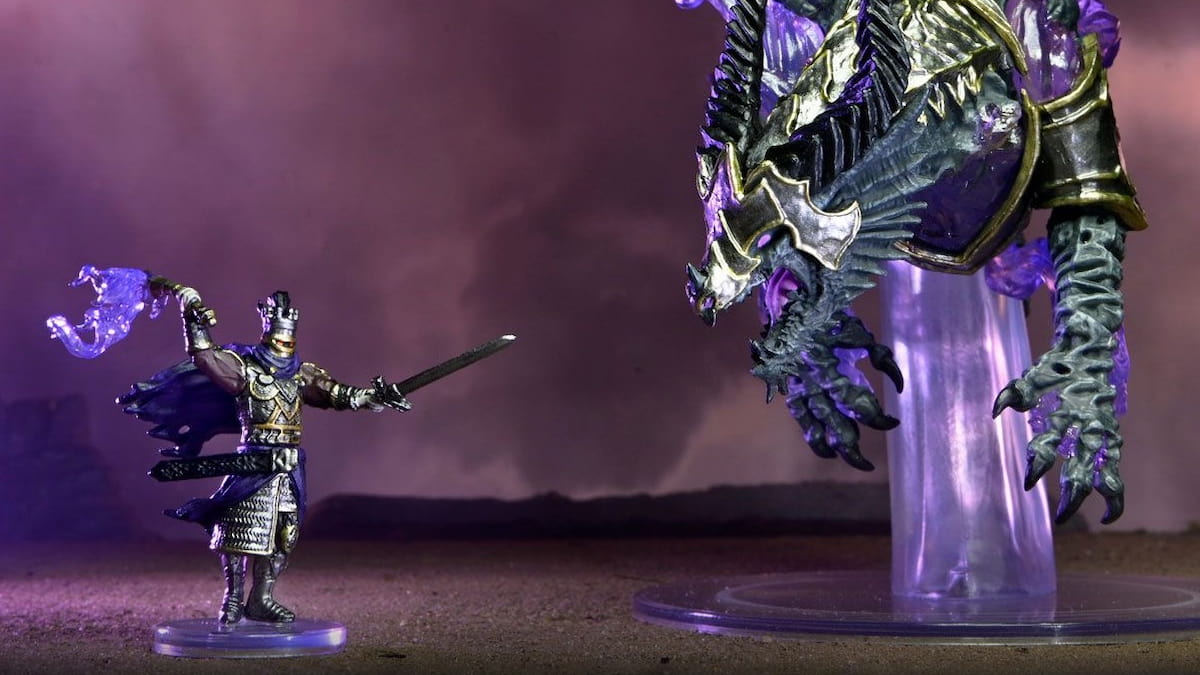
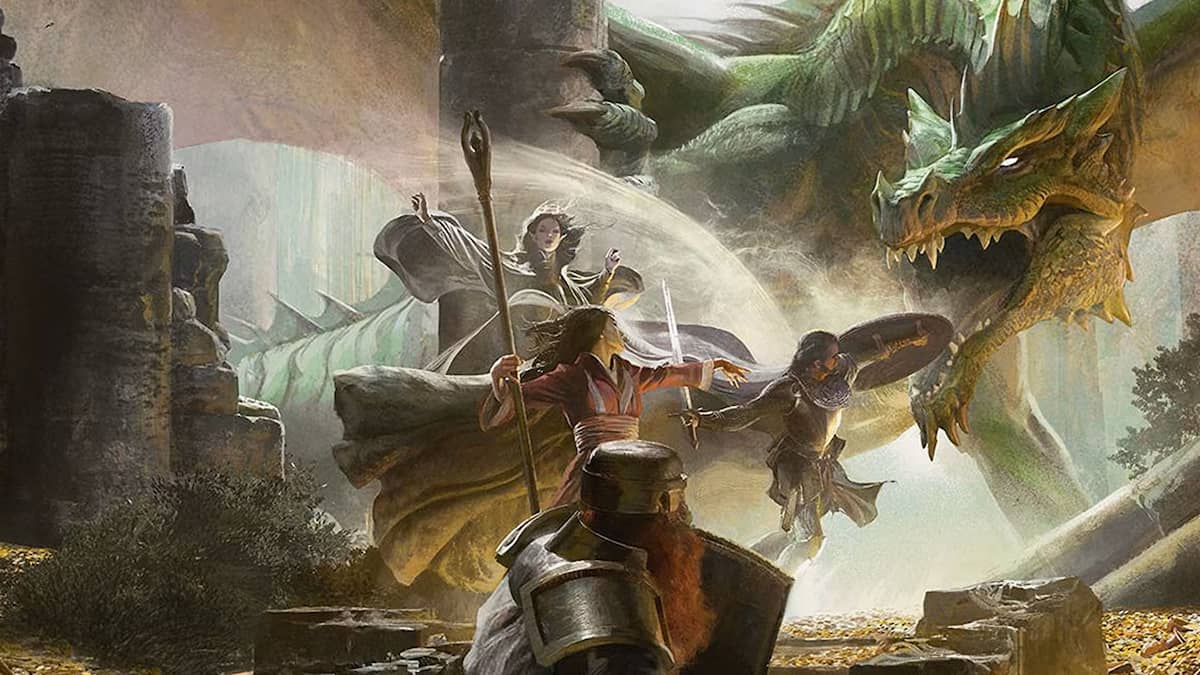
Published: May 25, 2023 10:46 am